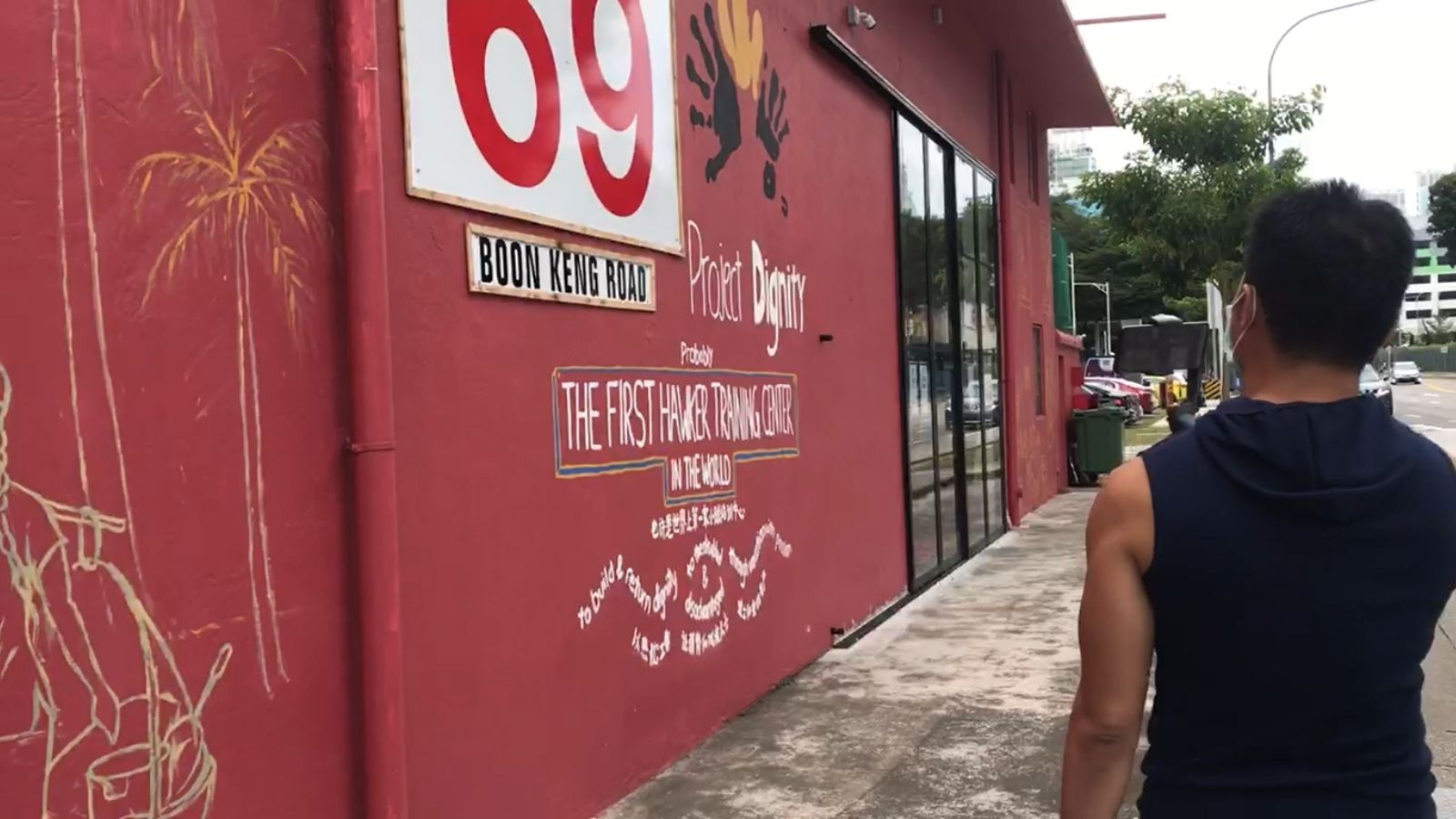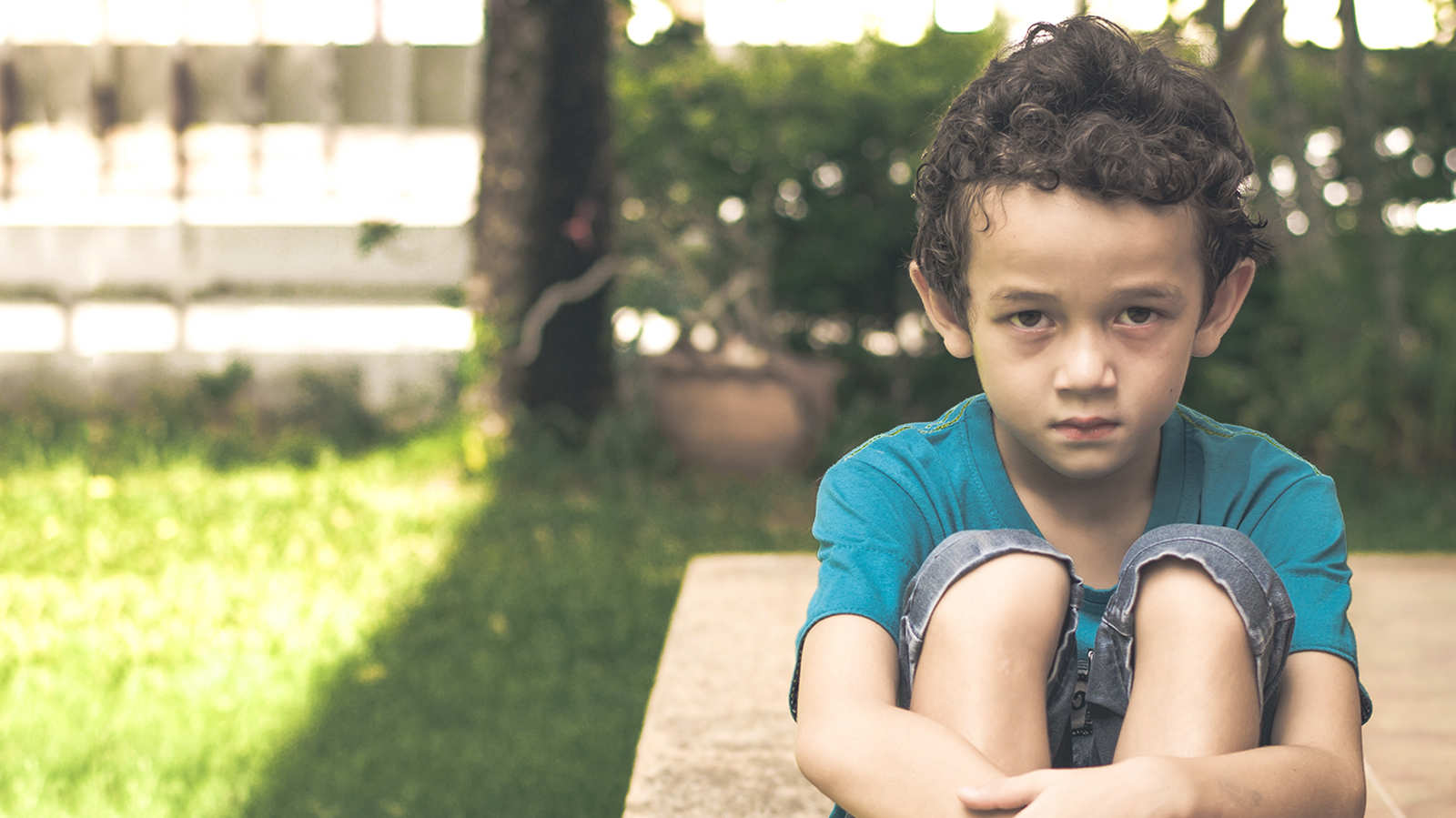Dr Marissa Lee Medjeral-Mills once observed a situation involving a teenager who came from a special-education school and an elderly woman on a train.
The teenager wanted a seat on the crowded train, so he went to the reserved seats and told an elderly woman who was seated on one of these that he wanted her seat.
“She basically told him off,” explained Dr Medjeral-Mills, who is executive director of the Disabled People’s Association.
But when the teenager persisted – probably because, as a special-needs person, he may have been given a reserved seat on a previous occasion – the woman explained to him that she was an older person and needed the seat more than he did.
“I watched the interaction, wondering whether I should say something or not, and I think she got it – that something was going on. She explained it to him slowly so he could get the message.
Other stories you might like


“It got me thinking that people can figure it out,” she added.
This, said Dr Medjeral-Mills, was an instance when the the person who was dealing with what may have seemed like a rude person took a step back and asked herself whether there was something going on, and gave the other person the benefit of the doubt that he could be something other than neurotypical. (A neurotypical person is one who is not autistic or diagnosed with intellectual or developmental disabilities.)

What would you have done if you were a woman on an MRT train and a guy stares at you and films you for 15 minutes, even moving seats twice to get a closer view?
It happened on Christmas to Ms Marie Constance Tan, who made a police report and made a Facebook post about it. The post, according to Channel NewsAsia (CNA), was “widely shared” and an online debate ensued when it transpired that the man was intellectually disabled.
Several netizens condemned Ms Tan’s actions, with some impertinent to the extent of criticising her appearance. On the other hand, there were those who felt that no woman should be made to feel harassed, whether or not the perpetrator was intellectually disabled.
Related article: Why the kidnap scare drivers should be applauded, not criticised
Ms Tan told CNA that she had no means of knowing the man was disabled as he was a total stranger. She also clarified that she never meant to “crucify” the man but had made the post in order to “raise awareness”.
Dr Medjeral-Mills, told CNA that she felt that no woman should feel endangered or uncomfortable, even if the person doing so may not fully understand social norms or appropriate behaviour.
But she felt that an opportunity to educate a disabled person, as well as the public, was lost. While she understands that Ms Tan may not have been comfortable to voice out at the time, she felt that talking about it only later would deny the man a chance to learn that any of what he did was bad.

She told The Pride: “We favour personal interaction right there when it happened instead of going on social media,” she explained. Resolving the matter on the spot might have allowed the intellectually-disabled man into the conversation.
“The conversation is polarised now, with one side going, he has a disability, you’re wrong to call him out and others going the other way – no, it is inappropriate, she shouldn’t have to feel that way. There’s not much in the middle.”
Dr Medjeral-Mills suggests “taking a step back” to consider that the person may be disabled.
Related article: Slacktivism: How actions can speak louder than hashtags
She said: “If you think that people are behaving rudely, or aggressively, or in a way that is scaring you, we would ask that you take a step back and maybe ask yourself a few questions, like, ‘Is there something else behind what’s going on? Is this person having a meltdown? Is this person not able to grasp social norms? Are we, perhaps, infringing on what he sees as his personal space to cause him to react that way?’
“We are not asking people to diagnose the disability or even to spot it,” said Dr Medjeral-Mills. “Just ask yourself a few questions before judging.”
Bystanders can do their part, too – by offering assistance instead of dismissing a disabled person’s behaviour as crazy or worse, making a social media post about it. However, such assistance should be provided only after asking the disabled person whether he or she needs help.

“There are instances when parents who are trying to calm a disabled child during a meltdown may be mistaken for being abusive,” said Dr Medjeral-Mills. “If you come across such a situation, ask the parents whether they need assistance before deciding if you should intervene.”
She said the DPA has spoken to customer service staff at shops or restaurants in shopping malls to offer a space or, perhaps, a room within their establishments where a screaming child or a disabled person could be evacuated from the public eye. It could be a space that’s quieter and more comfortable where they could calm down.
Dr Medjeral-Mills said that the DPA sometimes gets calls from members of the public who are concerned over disabled people.
“We have had calls where the caller would say there is a frail-looking person on a wheelchair selling stuff, and that he shouldn’t be there, but when we ask them whether they have asked the person in the wheelchair if he needs help, the answer is always ‘no’,” she said.
Related article: Autism – the silent disorder many see only during a meltdown
Perhaps that is where the problem is – people are not willing to communicate with disabled people to ask if they need help. One excuse that might come up is that they do not know what to say to such people.
“If you’d like to know how to communicate better or want advice, most disability organisations would take the time to explain how to approach the disabled group in question,” said Dr Medjera-Mills.
This would increase our own awareness for the disabled, and perhaps increase the acceptance of them. Which would be the kindest thing to do for a person with a disability.
